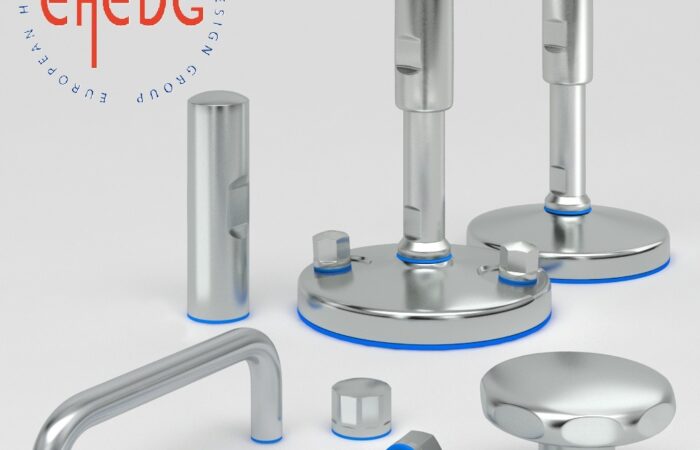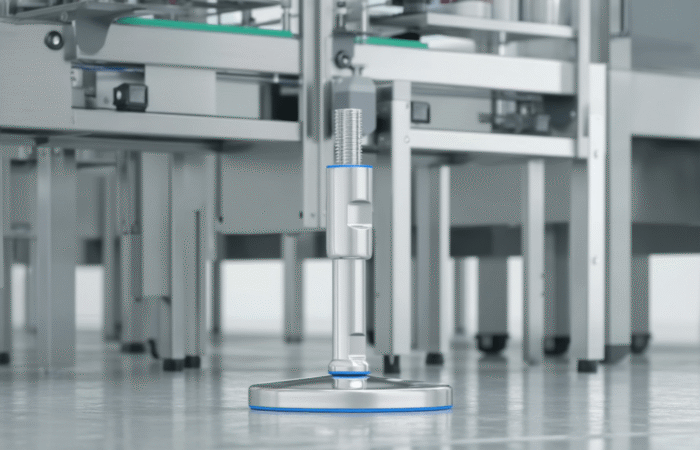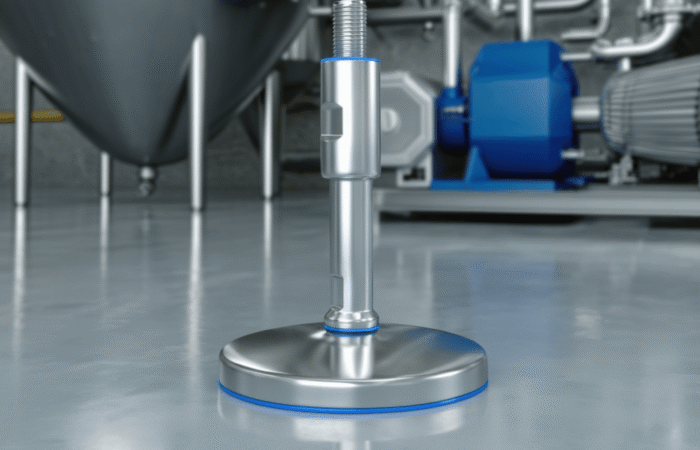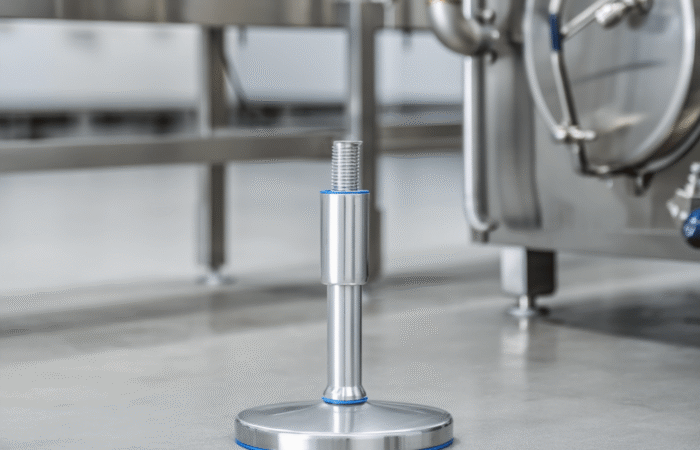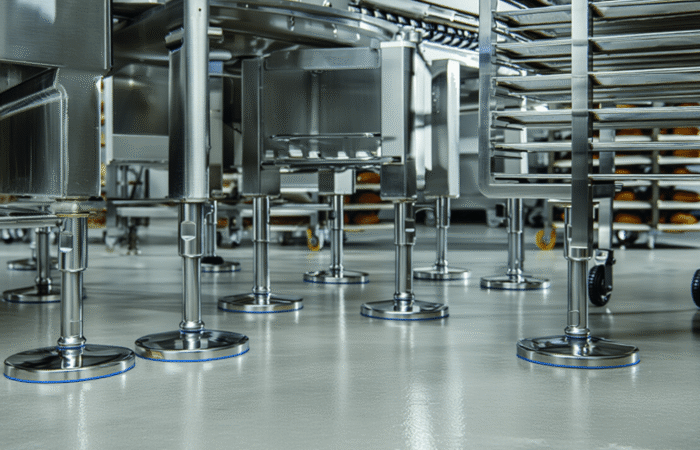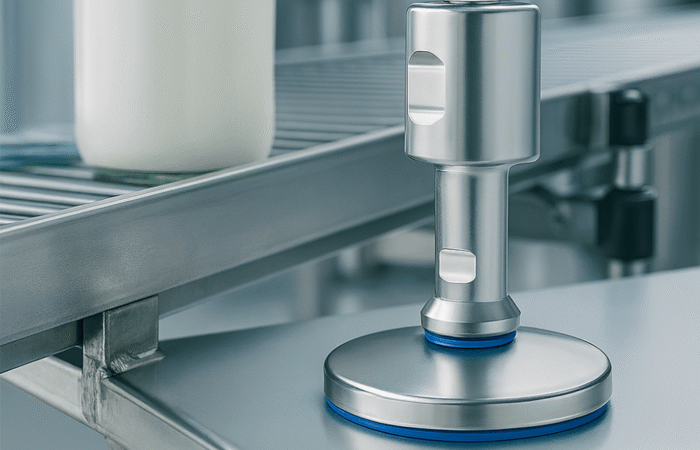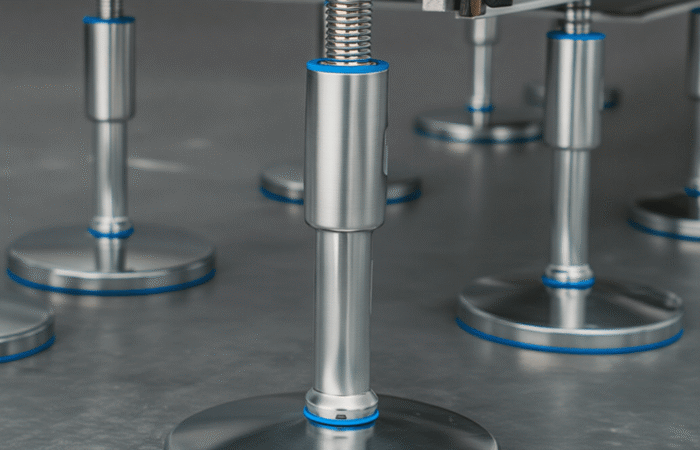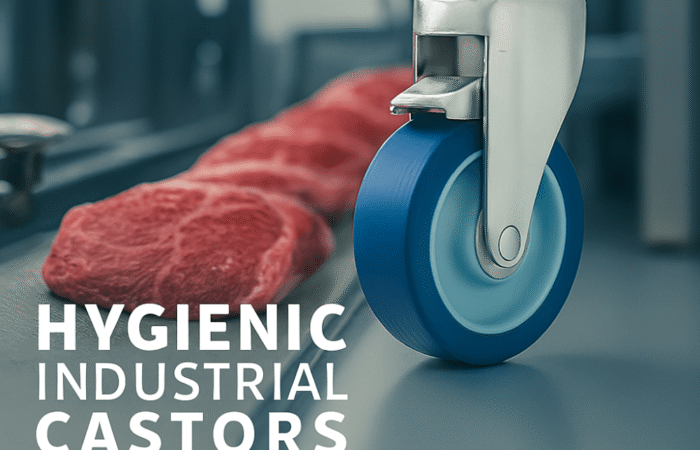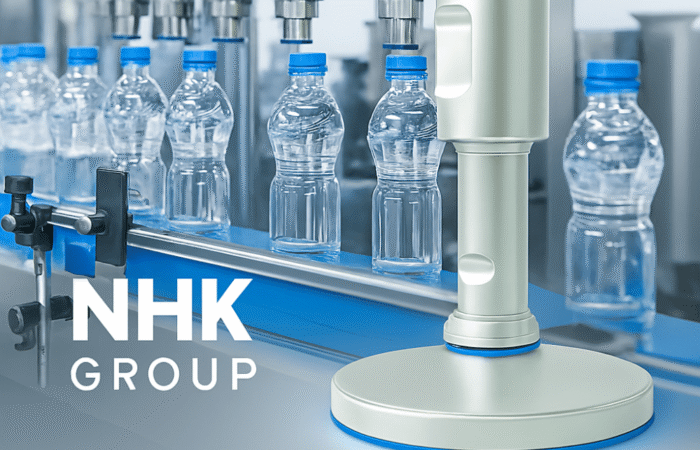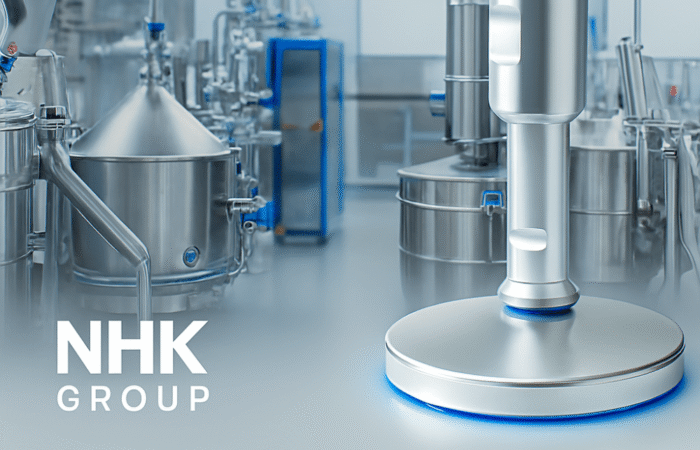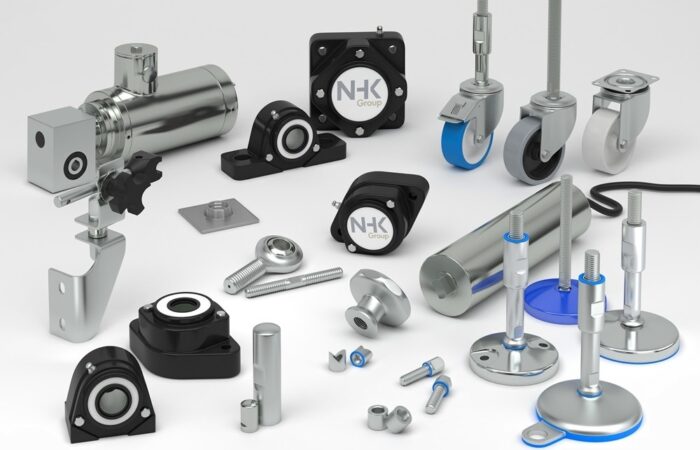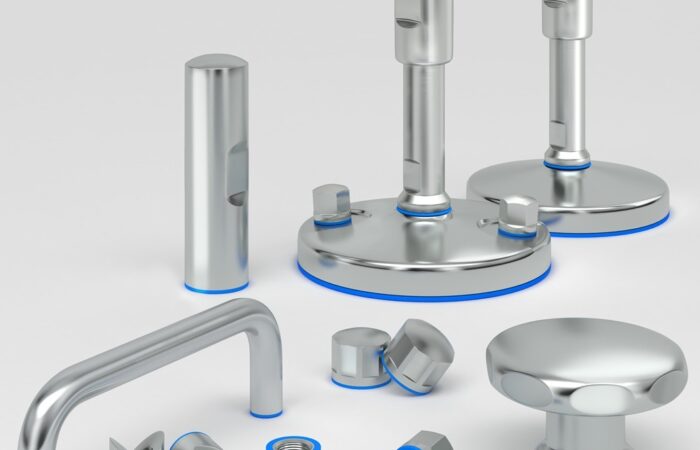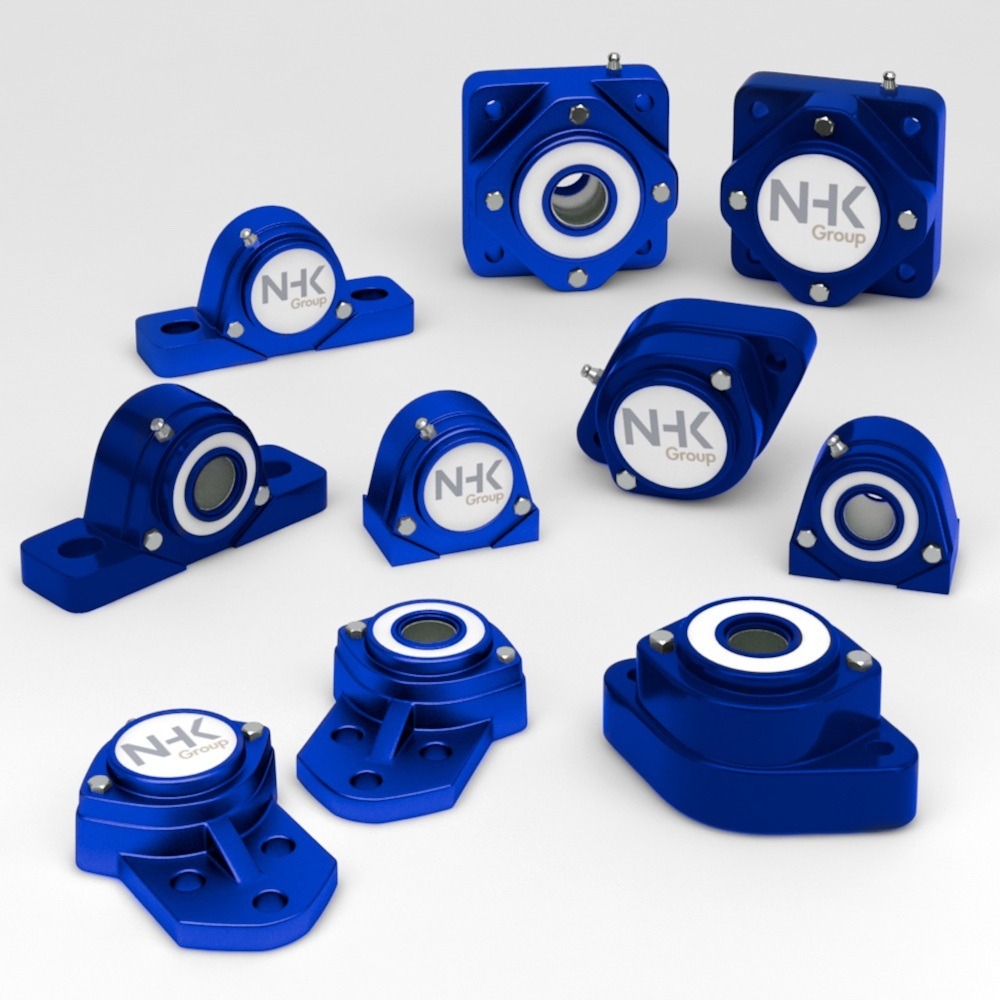
Stainless Steel 420 vs. 440 Bearing Units: A Comprehensive Comparison
When selecting stainless steel bearing units for industrial applications, the choice between 420 and 440 stainless steel plays a crucial role in determining performance, longevity, and resistance to wear and corrosion. Both materials offer unique benefits, making them suitable for different environments, including food processing, pharmaceutical production, and heavy-duty machinery. This guide will provide a detailed comparison between Stainless Steel 420 and 440 bearing units, examining their properties, applications, advantages, and limitations to help you make an informed decision. Stainless Steel 420 is a martensitic stainless steel with a high carbon content that enhances hardness and wear resistance. It is widely used in applications where moderate corrosion resistance and high strength are required. Stainless Steel 440, particularly 440C, is another martensitic stainless steel with higher carbon content, making it harder and more wear-resistant than 420 stainless steel. It is often used in extreme wear applications. ✔ You need a more cost-effective solution. ✔ You need high wear resistance for heavy loads. Both Stainless Steel 420 and 440 bearing units serve important roles in industrial applications. The decision between these two materials comes down to balancing performance, cost, and environmental conditions. By understanding the key differences and selecting the right material, you can improve machine efficiency, reduce maintenance costs, and enhance long-term reliability.Performance and Durability
Understanding Stainless Steel 420 and 440
What is Stainless Steel 420?
Key properties of 420 stainless steel:
What is Stainless Steel 440?
Key properties of 440 stainless steel:
Comparing Stainless Steel 420 vs. 440 in Bearing Units
Property Stainless Steel 420 Stainless Steel 440 Hardness (HRC) 48-50 58-60 Corrosion Resistance Moderate High Wear Resistance Moderate Excellent Strength Good Higher than 420 Magnetic Yes Yes Machinability Easier to machine Difficult to machine Cost Lower Higher Corrosion Resistance Comparison
Wear Resistance and Hardness
Machinability and Workability
Cost and Availability
Applications of Stainless Steel 420 vs. 440 Bearing Units
Best Applications for 420 Stainless Steel Bearing Units
Best Applications for 440 Stainless Steel Bearing Units
Which Stainless Steel Bearing Unit Should You Choose?
Choose 420 Stainless Steel If:
✔ The application involves moderate corrosion conditions.
✔ You require easier machinability.
✔ You need a balance between strength and affordability.Choose 440 Stainless Steel If:
✔ The environment involves higher humidity and mild chemicals.
✔ You require superior hardness and durability.
✔ You are using bearings in high-speed applications.Balancing Performance and Cost
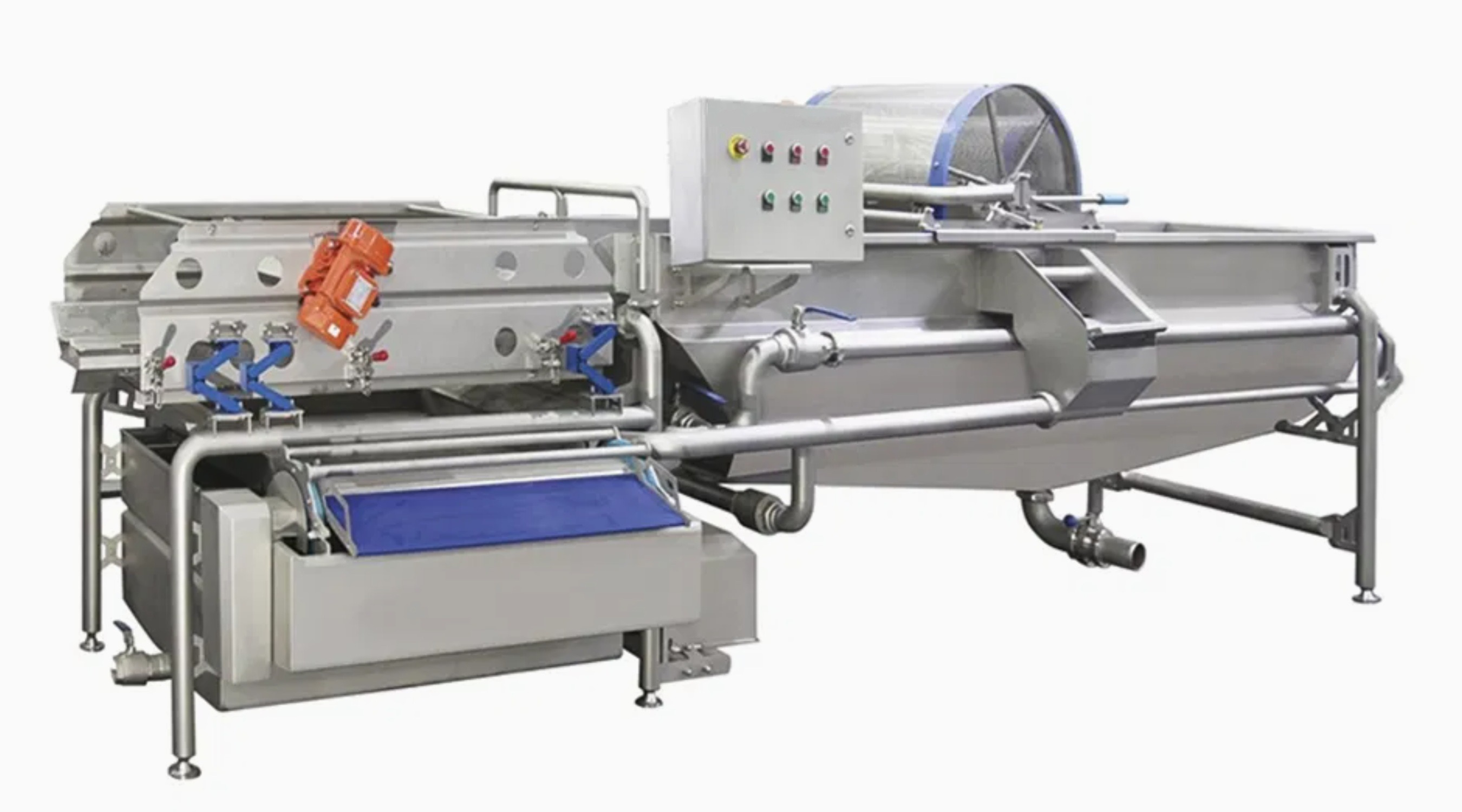
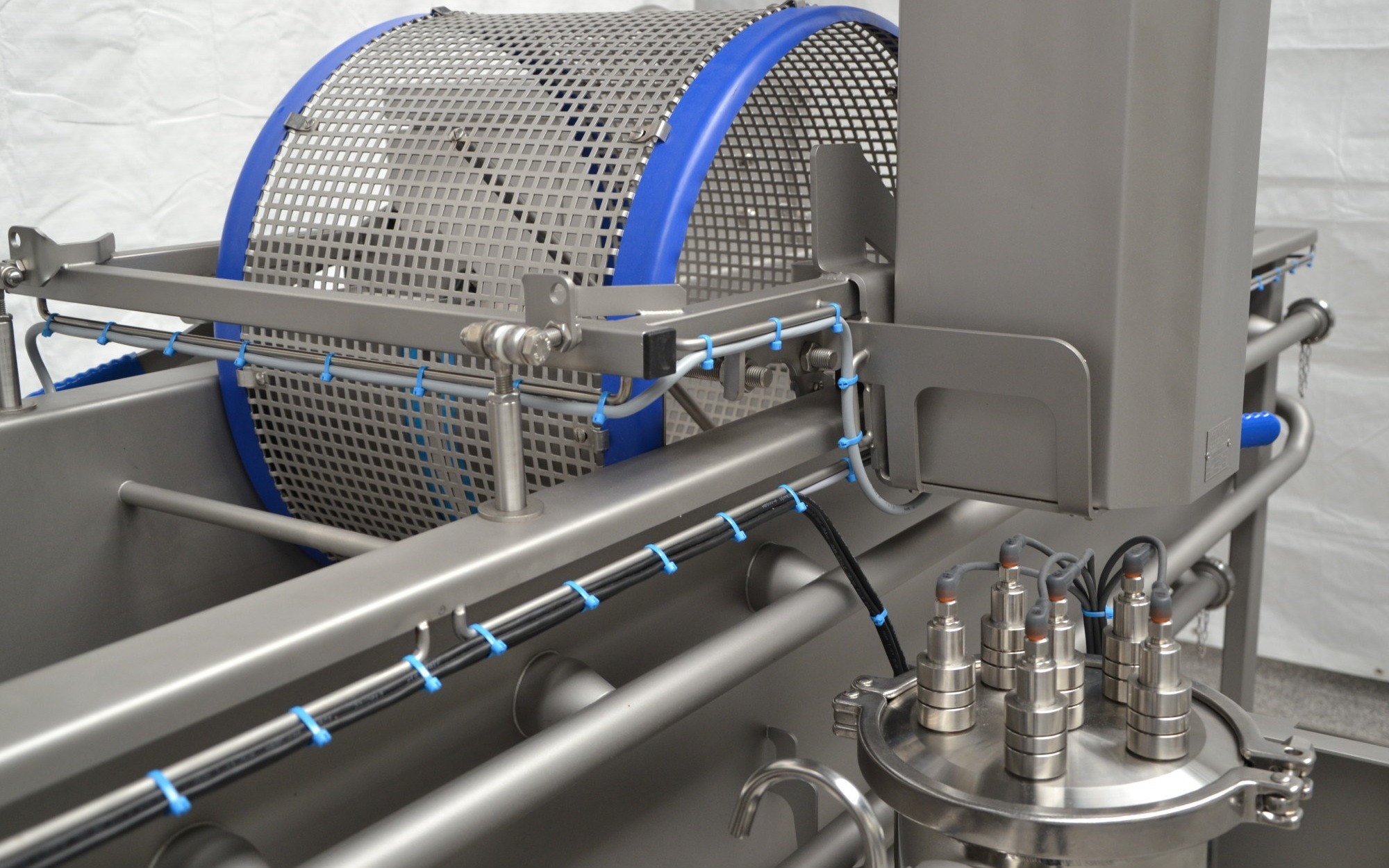


Contact
